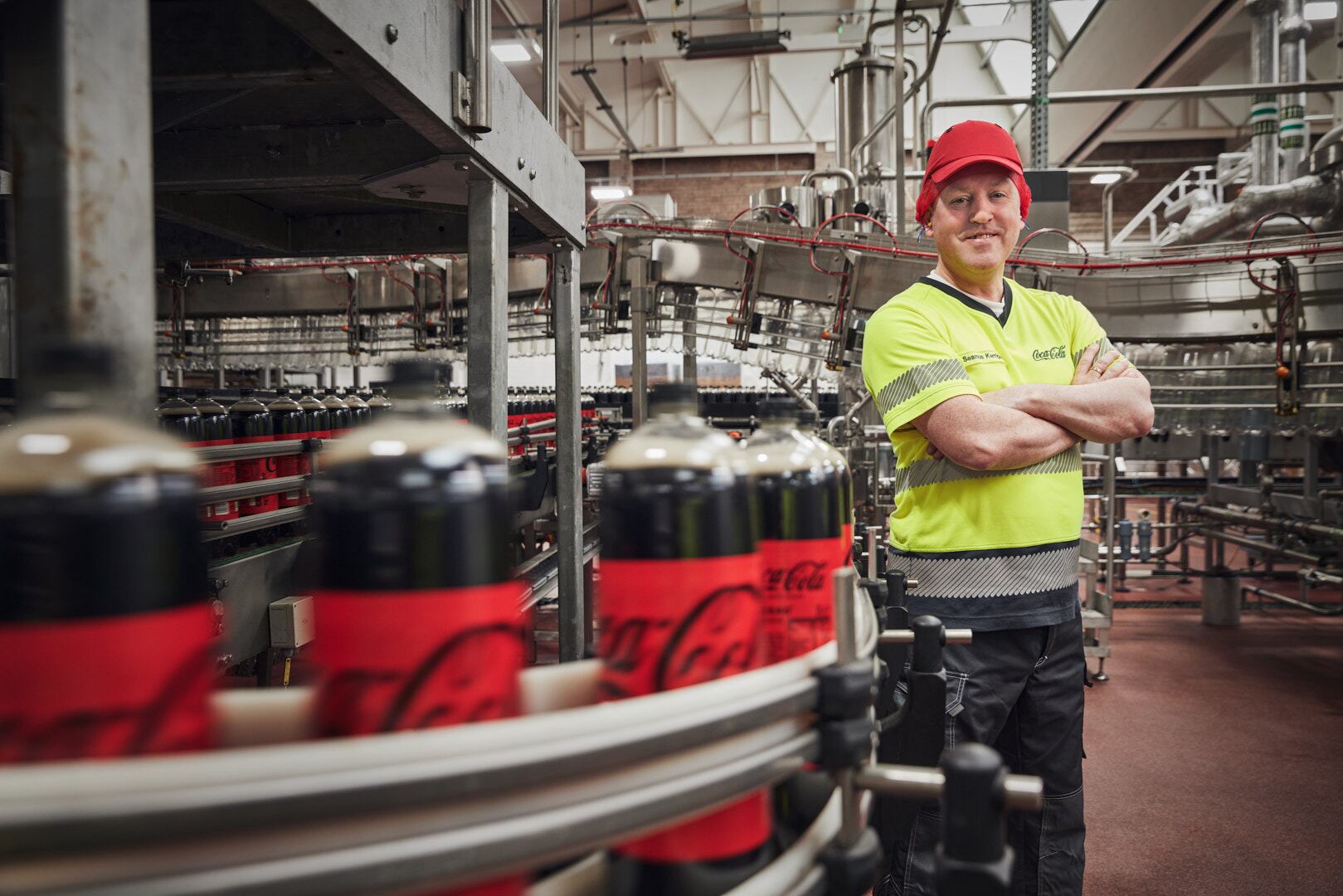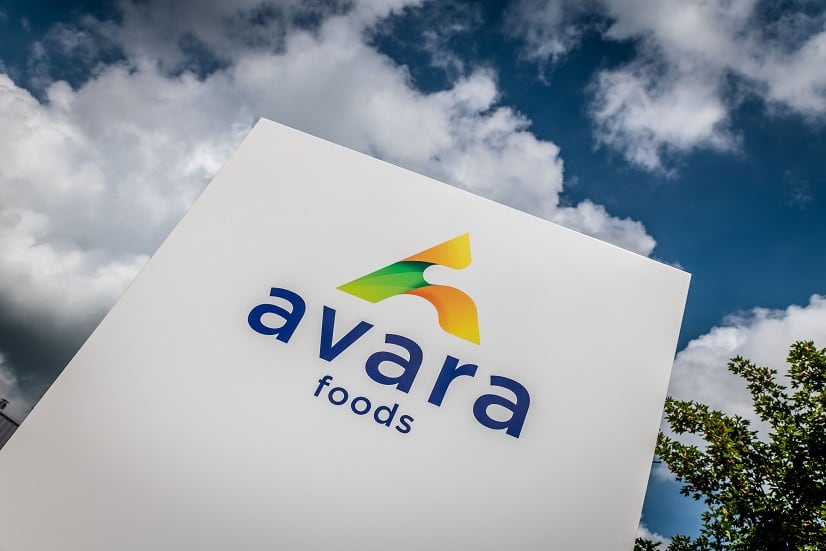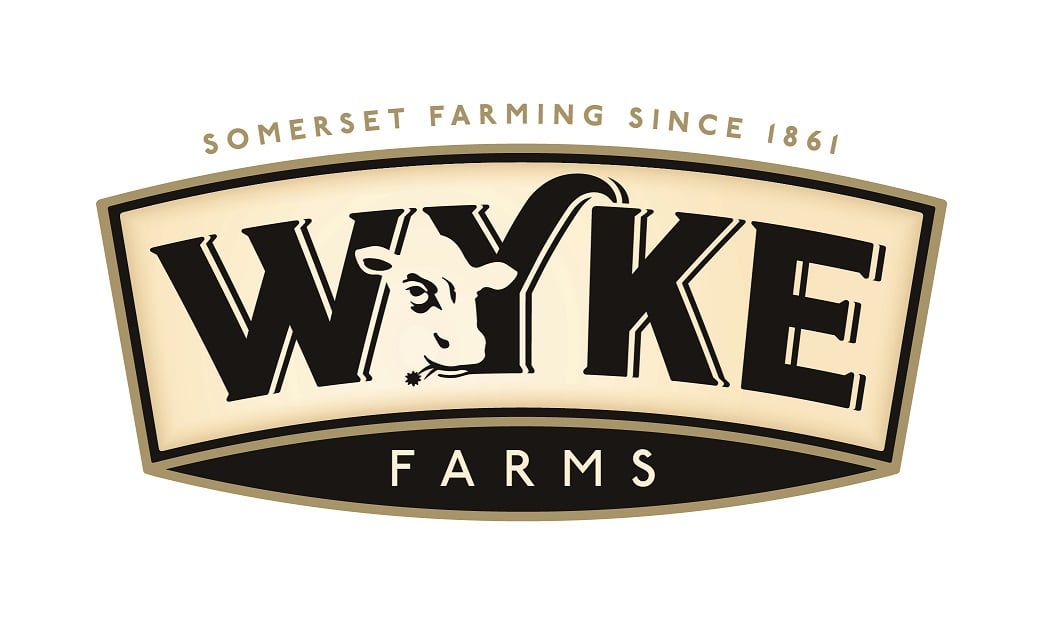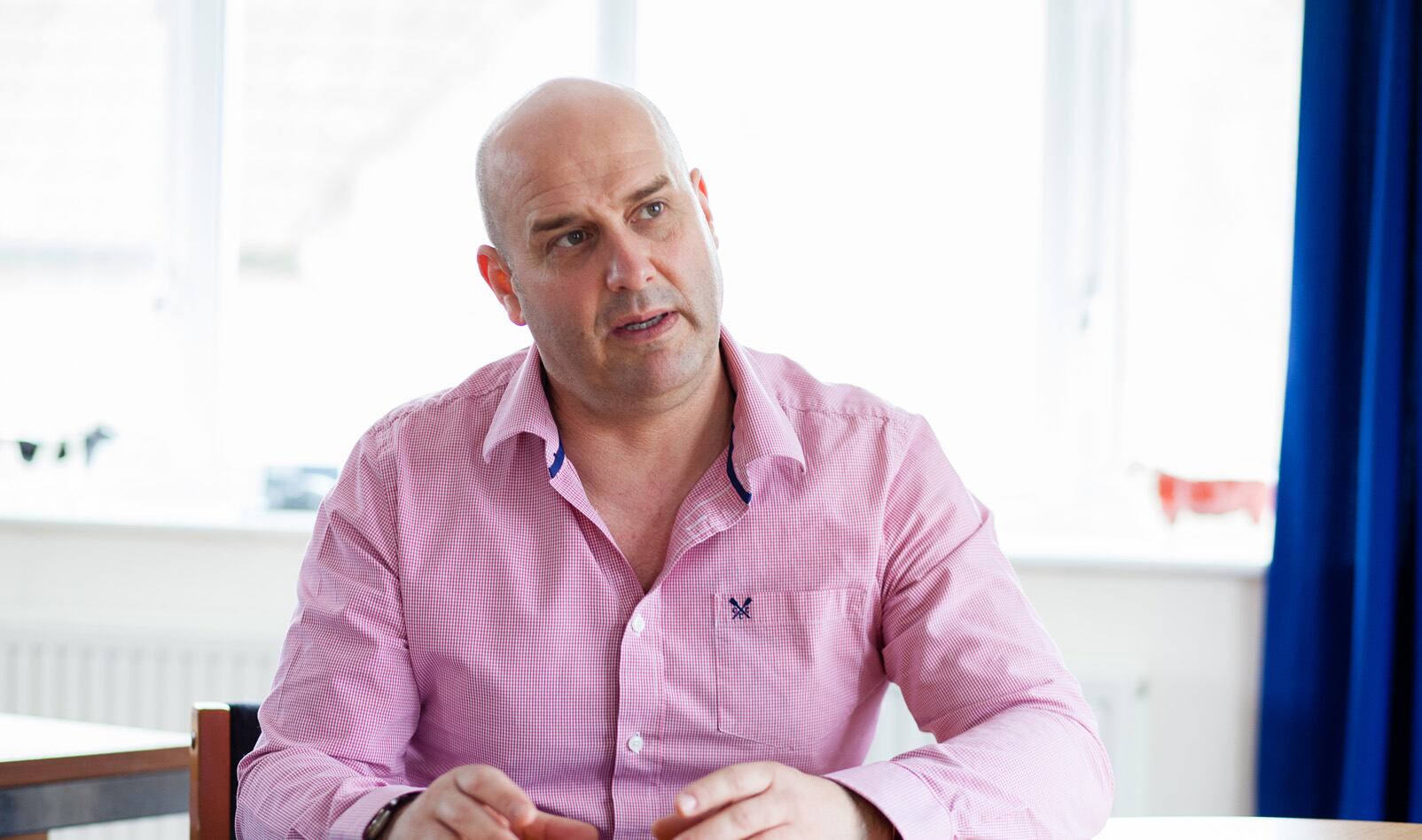CCEP East Kilbride
Address: 52 Milton Rd, East Kilbride, Glasgow G74 5DJ
Number of full-time employees at site: 230
Size of site (sq m): 25,605 m2
Capacity: 1,100 bottles and pouches every minute
Output: 32.5million unit cases per year
Number and types of lines: Six production lines – 1 large PET, 1 small PET, 2 glass, 2 Capri-Sun
Types of products the site produces (brands, types of drinks): Coca-Cola original taste, Diet Coke, Coca-Cola Zero Sugar, Fanta, Dr Pepper, Lilt, Sprite, Appletiser and Capri-Sun
Shift patterns: 6am-2pm; 2pm-10pm & 10pm-6am or 6am-6pm & 6pm-6am
In the past five years we have invested £32m in this site. The largest investment would have been on our Capri Sun twin production lines. Part of that was looking at every opportunity to remove plastics from our business, which we successfully achieved across last year in East Kilbride.
A key part of our procurement criteria when we acquired the Capri Sun lines is that we work with equipment manufacturers who are working with the smallest carbon footprint from the machinery they use.
As part of our action on climate, we have looked at strategic investments. If I take an example, we ordered as part of a £12m GB programme an entire new fleet of forklift trucks, which use lithium-ion batteries. This will remove gas-filled trucks entirely from the site.
We have been operating on 100% renewable energy – we’re into our 10th year now. We source our electricity always from renewable sources. In some sites we have adopted solar panels. We’re not at that stage of evolution yet. Overall, through different initiatives, we have successfully taken the carbon footprint down by 47% since 2010.
There’s been a host of initiatives. One of the most significant was we moved all of our 500ml production to 100% recyclable PET [polyethylene terephthalate], which is now the overall GB format.
We have also successfully trialled, and are running, 30% recyclable PET on our large bottles. We have been able to separate out our waste schemes. We have had zero [waste to] landfill going back a number of years.
Older assets
Our oldest line, the filling machine, is 47 years old. It runs Appletiser. Clearly a 47-year-old filler was not designed with current and future production in mind. It does a fantastic job, but we’re looking at how we swap out some of these older assets and move to more sustainable technology.
Years ago if I was to do a 24-hour review, I would probably be with a bunch of guys with clip boards doing a five-bar gate on exactly where the time went the previous day. Typically, when you would tally it all you would still be missing about 30%-40% of what happened.
We operate a system called Line View, where we have real-time monitoring of all production lines. We’re able to see every individual stop or breakdown, where conveyors are backing up because either forklift trucks are not pulling away fast enough or you have a material supply problem. I can look 24/7 any time of day or night to see where production lines are, what level of operational efficiency and what speed they are running at.
This year we have moved to a completely digitised management review room. We have dispensed with manual boards and whiteboards. Now everything is taken real-time on digital screens.
All our line engineers are equipped with fully loaded tablets where they will be able to do fault diagnosis and root cause analysis on a line.
When they come into a management review, they are able to take their information, easily flick it into the diagnostic tools and then quickly move it into the corrective action process. This has saved an enormous amount of time.
The time between problem diagnosis and correction has also been massively reduced. In line with that, our performance levels are shooting up. We have managed to get down to a fine level of granularity, taking signals from every individual PLC [programmable logic controller] across the entire line.
Digitising the process of management review had not been done before. We had all of this technology, but we would review it on whiteboards, losing the opportunity to collect this information, to aggregate it, to look for insights into what that information is telling you.
New vision
We needed to create a new vision. As a management team we came together last year within my first 100 days and said: ‘We’re 57 going on 58 years running; if we continue to do what we have always done, we will only get what we have always got.’
We laid out a three-year plan. The first year we said we wanted to be the most improved site within our network. 12 months later, we were the most improved site. The second year, we said we wanted to be the best performing site within GB and in the third year we said we wanted to be in the top three production facilities in our group.
We went right through our conditions for success – in the first instance, our commitment to the front line: did we have the right people with the right skills and the right capabilities motivated the right way?
Our second commitment was to people development. Our third was to standards. We had a lot of old machinery, some of which we had given up on. Fundamentally it was sound, but we just needed to reinvest in all that equipment.
Our fourth commitment was to data: are we looking at hard data? It’s wonderful to have an opinion, but please give me some hard numbers to back that up.
Having that relentless focus on the conditions for success allowed us to pull together a more detailed action plan for what we were going to do differently. By developing that we had a host of gaps which we filled across the past 12 months. The digital piece was an obvious one.
Now our management reviews take 20 minutes and we’re dealing with three times more information in those 20 minutes.
Instead of getting good at reacting to things and turning them around faster, I should really have the lens on how I prevent them from occurring. Now we put greater focus on condition monitoring. We’re working closer with other sites to get information not just from our own equipment, but from people who have experienced things we haven’t experienced yet.
Attached caps
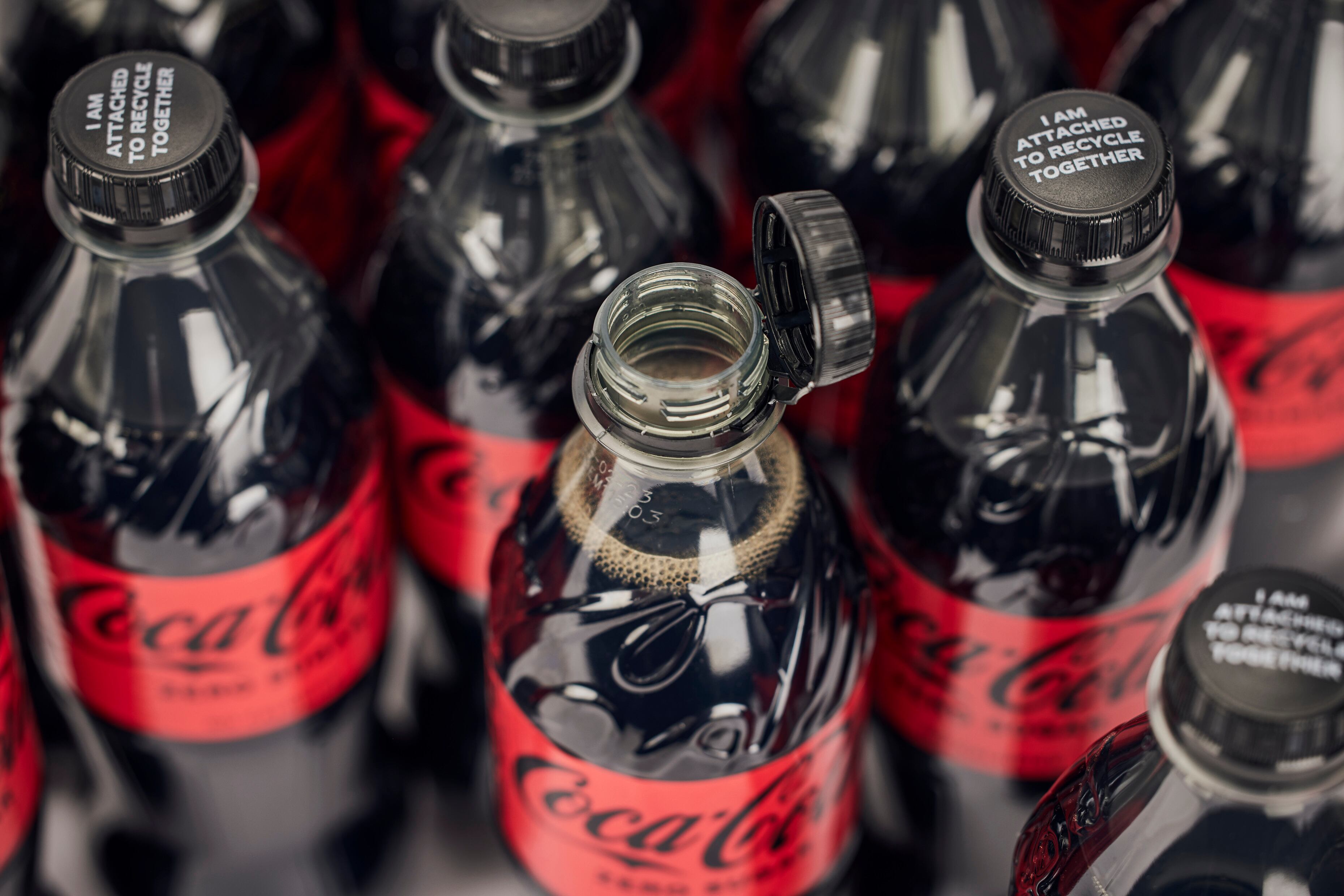
We recently met a huge milestone in our sustainability journey with the introduction of attached caps to our bottles – and East Kilbride is the first factory to produce these bottles before they are rolled out more widely at our factories. This new design means the cap stays connected to the bottle after opening, making it easier to recycle the entire package and ensure no cap gets left behind.
In partnership with Coca-Cola, we are the first major soft drinks company to announce this switch, meaning we’re one step closer to our goal of creating a World Without Waste. With attached caps coming soon smaller 500ml bottles too, we’re aiming to roll this out for all our bottles in GB by the end of 2024.
Building a network
This builds a bigger network of information, which we build into our overall maintenance programme, so when we’re taking lines down for interventions and overhauls, the majority of the focus is on preventative measures.
The most recent investment we’re making is in condition monitoring systems. A logical progression would be to move to AI [artificial intelligence], but that’s still to come.
In the past, customer service would have been dealt with largely by logistics or planning colleagues. It was important for us to build that network with our commercial colleagues, to start to get a better understanding of the commercial customers we’re supporting and to bring that into the conversation daily.
Without relentless focus on customer service, people are not clear why we do what we do. Making improvements to our efficiencies wasn’t to just move percentages on a page – we’re satisfying customers better than we have before and better than our competition.
We’re huge supporters of a well-designed deposit return scheme. We have business units, for instance, in the Nordics and Germany that achieve world class levels of recovery and recycling, so we’re using our network to put forward suggestions and ideas. As Scotland’s going first, East Kilbride has an important place to play in that.
We had to come up with different ways of having dedicated packaging for the Scottish market. Unavoidably we will have to introduce additional complexity for the short term until we close that gap between the go-live for Scotland and the rest of the UK.
We have now called out the SKUs [stock keeping units] that we will duplicate, so we will know which are made in Scotland and which are made outside Scotland but will be sold in the Scottish region.
East Kilbride has been doing a lot of work to ensure all our equipment is capable of being able to run, as an example, printed film if we have additional on-pack displays. We have made investment in packaging equipment to ensure we are able to run with printed films for this. We believe we will be ready and will have access to well-run systems.
Growing within the business
I went to technical college in Dublin to get an HND in manufacturing systems, then moved to the Netherlands in 1991-1992 as a stagiaire on an assembly line making water heaters. I decided I wanted a career in manufacturing and moved to Middlesex University in 1992 and finished my Bachelor of Engineering in manufacturing & management.
In summer 1994, I did not have my next month’s rent. I found an ad in the Enfield Advertiser looking for technical operators for Coca-Cola Schweppes Beverages. I had this romantic idea that it was one of those businesses where you can come in as a front-line operator, work hard and if you have ambition, you can move with the organisation. Everyone said that was naïve, and here we are 28 years later.
Coca-Cola is still one of those businesses. We have an apprentice, Jennifer Kolonko, who just won Apprentice of The Year in Scotland. We have Apprentices we’re putting on degree programmes. When I look at some of these early career folks, I’m looking at the next maintenance manager, the next production manager, the next site director, potentially the next GB country director or vice president of supply chain.
We have the opportunity for people to move from country to country. We’re hosting an Early Career person who’s joined us from our German business unit.
We took on two Kick Starts last year. As part of investments at the site, with 30 positions recruited for, we have awarded both permanent jobs.
Our Early Careers programme starts with Kick Start, Apprenticeships and our graduate scheme. We have never lost anyone from our Apprentice scheme. We have 13 people who have come through that who have all secured permanent roles. We’ll have more people joining us this year. We’re increasing the spread and scope of that programme. We have a quality technician apprenticeship, a technologist apprenticeship.
For our graduate scheme, we have brought in ten individuals across Great Britain. East Kilbride took on one, Jake Foster, who is doing tremendous work.
We have the same challenges as many other recruiters, particularly on the manufacturing side. Over the past 10-20 years, the choices younger people appear to have, have changed. I think that will continue, so we have a challenge to inform people what manufacturing is about. It isn’t what they may have in their heads – Victorian-style standards. They are working with leading edge technology. If they’re looking at physical product control, root cause analysis or preventative maintenance, there’s plenty there to keep people interested. What I have said to people whenever I have done inductions is that in 28 years, I have never had two days the same.
The challenge is to encourage young people to consider STEM disciplines. Everyone wants to be a YouTuber or Influencer.
We have made enormous improvements in addressing the gender balance. Almost 50% of our manager and coordinator level roles have achieved the right balance, but front-line operator roles are still hovering at 15% [female].

